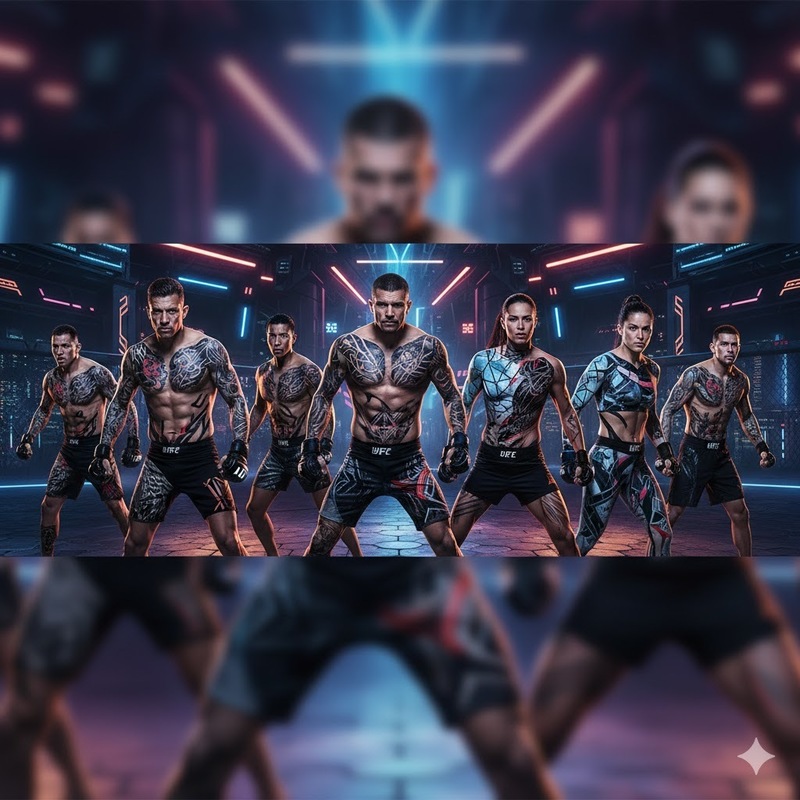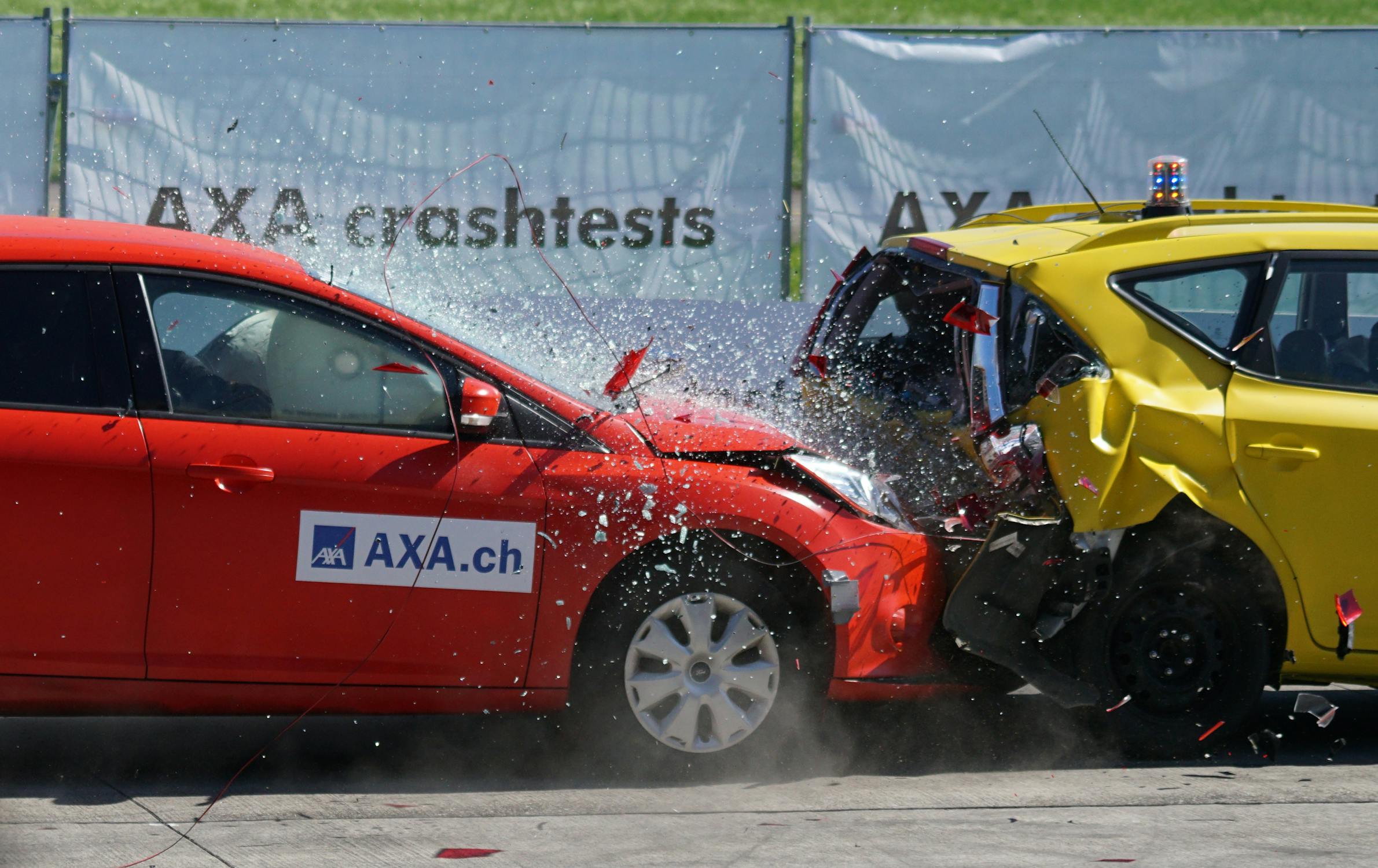5 Key Muscle Groups That Muay Thai Builds Stronger Than Any Gym Routine
18
0
·
2025/10/30
·
3 mins read
☕
WriterShelf™ is a unique multiple pen name blogging and forum platform. Protect relationships and your privacy. Take your writing in new directions. ** Join WriterShelf**
WriterShelf™ is an open writing platform. The views, information and opinions in this article are those of the author.
Article info
Tags:
Total: 591 words
Like
or Dislike
More from this author
More to explore












Muay Thai doesn’t just sculpt fighters—it rewires their entire body. Behind every precise strike and defensive block lies a symphony of muscles working in perfect rhythm. This ancient martial art, often called “the art of eight limbs,” engages the body more holistically than most traditional workouts ever could.
If you’re training seriously or just looking to upgrade your fitness, understanding which muscle groups transform through consistent practice can change how you approach your next session.
1. Legs: The Foundation of Every Strike
Leg strength is the engine of every Muay Thai movement. From roundhouse kicks to knee strikes, the quadriceps, hamstrings, calves, and glutes are constantly at work. When you throw a kick, the entire leg chain fires—lifting, rotating, and stabilizing—while your glutes generate power and speed.
Many practitioners notice improved balance and endurance after a few weeks of consistent pad work. Even skipping drills between sessions builds explosive leg capacity that few workouts can match.
2. Core: The Hidden Epicenter of Power
Every punch, kick, or clinch starts from the core. But in Muay Thai, it’s not just about visible abs. Your obliques, lower back, and deep stabilizers all contribute to rotational force and balance.
Core twisting during kicks helps transfer energy upward and prevents injuries. Over time, this translates into stronger strikes and better body control. The core also takes the brunt of defensive movements—absorbing kicks, twisting during blocks, and maintaining posture when grappling. This constant engagement sculpts a functional, protective strength that shows both in and out of the ring.
3. Shoulders and Arms: Endurance Over Bulk
While Muay Thai isn’t about building biceps, your arms still get their fair share of action. Shoulder muscles—especially the deltoids and rotator cuffs—develop strength from continuous punching, clinching, and guarding.
These repetitive motions sculpt lean, enduring muscles designed for stability rather than size. Fighters often notice improved shoulder mobility and arm definition after a few months of mitt work and bag rounds. The forearms, engaged from wrapping and maintaining guard, also build surprising endurance and grip strength.
4. Back: Stability, Balance, and Power Transfer
Your back connects almost every movement chain in Muay Thai. When executing a strike, the lats, traps, and spinal muscles stabilize posture and control the recoil of motion. A strong back means more dynamic, fluid movement—especially when transitioning from attack to defense.
Clinch work, where fighters grapple and maneuver in close-range battles, relies heavily on upper and mid-back strength. It’s what lets you pull, lock, and counter effectively without losing control or balance.
5. Hips: The Secret Weapon Behind Every Kick
If you’ve ever watched a Thai fighter’s graceful yet devastating roundhouse, you’ve seen perfect hip engagement. The hips are the powerhouse of rotation and mobility. Training them enhances the flexibility needed for high kicks and knee strikes.
Each pivot and twist condition the hip flexors and surrounding muscles to generate torque. With consistent training, even beginners find themselves moving more fluidly—not only in fights but in daily life, too.
The Takeaway
Unlike typical gym workouts that isolate one or two muscles, Muay Thai activates nearly every major group at once. It’s functional, full-body movement at its finest. Whether you’re practicing at a Muay Thai gym in Koh Phangan or exploring Muay Thai in Phangan as part of a fitness journey, the benefits extend far beyond muscle gain—they build endurance, agility, and mental sharpness.
The training doesn’t just change how your body moves; it changes how you think about movement altogether. Every strike becomes a lesson in coordination, balance, and control—a complete physical language written through motion.